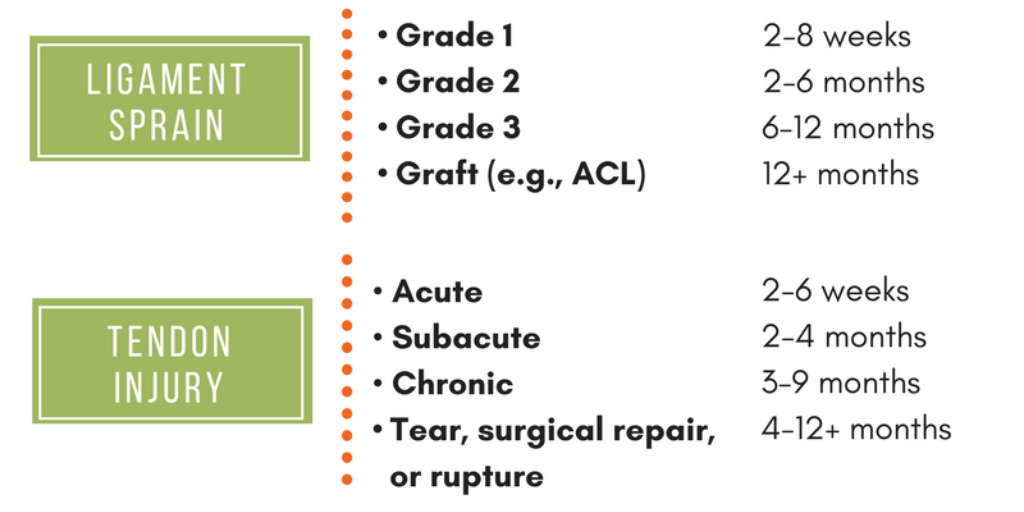
I like good fats and I cannot lie: A guide to "healthy" fats
It seems like there’s always some type of debate going on in the nutrition world about the role of fat in a healthy diet.
First, low-fat was the way to go. This led to the development of sketchy fat substitutes like “I Can’t Believe It’s Not Butter” (I can believe it) or Olestra (anal leakage for your Friday night?), and the injection of excessive amounts of sugar and salt into “low fat” foods to make them taste good and pass as edible.
Then, the pendulum swung to the opposite side of the spectrum with the Paleo and other ancestral health movements, which promoted fat as the new solution to all of our diet-related problems. Hungry? Need to lose weight? Want more energy? Just add butter to it! Things like Bulletproof Coffee became the new craze, and bacon became a “health food.”
We’re now living in this awkward new world where it seems like things are just plain confusing. Some people remain stuck in the low-fat mindset while others pile bacon, butter, and olive oil on top of everything.

10 reasons to pay out of pocket for physical therapy and dietitian services
We do things a bit differently at EVOLVE. One of our goals is to deliver healthcare in the way that we would want to experience it as a patient. This means: our appointments are not rushed or behind schedule, our focus is 100% on your results, we practice according to the most up-to-date available scientific evidence, and we are transparent in our approach, thought processes, and price.
Perhaps most striking to some people, especially those who have seen other physical therapists or dietitians before, is that we are “out of network” with all insurance providers. What this means is that we charge a flat rate at the end of each appointment, payable by credit card, cash, check, or a health savings account or flexible spending account (we don’t accept bitcoin yet, sorry). We can provide appropriate receipts for our patients to submit to their insurance for out-of-network reimbursement, but do not bill insurance directly.
We chose to set up EVOLVE in this way for a number of reasons. This post will explore 10 reasons why we think it’s actually better for you, the patient, to experience your physical therapy and dietitian services in this way.

90 and Beyond: Three running volume progression programs
One of our most popular articles presented two return to running progressions. They are designed to help people who want to start or return to running, especially after an injury, progress from not running at all to running for 60 minutes continuously.
We’ve had a lot of great feedback about these programs. If you’re actively managing an injury and you follow the program, they to work brilliantly. Everyone is different, and so there might be some bumps in the road, but in general, most people respond very well to them.
Perhaps the most popular question we get is, “What should I do after the program?”
So, we’ve put together three additional programs to help you progress your running volume beyond those introductory programs

Superficial peroneal nerve injury in a professional runner: A case study on the importance of diagnosis
There’s a debate in the physical profession right now about whether or not a structural diagnosis of an injury matters. Here at EVOLVE, we think that in most cases, the structure matters, and matters a lot. Patients who have gone to physical therapy elsewhere are often surprised by our focus on diagnosis in the initial evaluation.
There’s a few main reasons why diagnosis is central to our process. With a proper diagnosis, we can:
- Give a more accurate prognosis based on rates of tissue healing.
- Provide targeted strategies to avoid aggravation of the injured structure
- Deliver more focused hands-on treatments to decrease symptoms and optimize the healing response
- Choose the most effective therapeutic exercises, so our patients have just a few key things to focus on, rather than a long list of scattershot exercises
- Get our patients back to doing what they love, quickly (this is perhaps most important!)

Tissue Healing Times, and What It Means For You
Injuries suck. It's not fun to be in pain, to modify your activities, or take time off from doing what you love. But, they're to some extent a part of life. Everyone tweaks something at some point, and people who are active have a higher risk of many minor injuries simply because they are active.
The main questions that most people have when they get injured are,
"How long with this take to go away? When can I go back to running/climbing/biking/skiing/paragliding/swimming/etc.?"
A key part of our injury rehabilitation approach is helping patients to understand their diagnosis and prognosis, and to work with them to get them back to their activity, without symptoms, as soon as possible.

How to warm up the shoulders
If you're not warming up, you're leaving performance on the table, and increasing your injury risk. Last week’s article explored why a warm up is an essential aspect of every workout, and outlined a warm up for running.
Similar to runners, athletes performing overhead or other shoulder movements should have a dialed warm up routine as well. This can help cranky shoulders feel and perform better, and reduce the risk of overuse injuries related to poor shoulder mechanics, or deficits in rotator cuff or scapular muscle activation.
